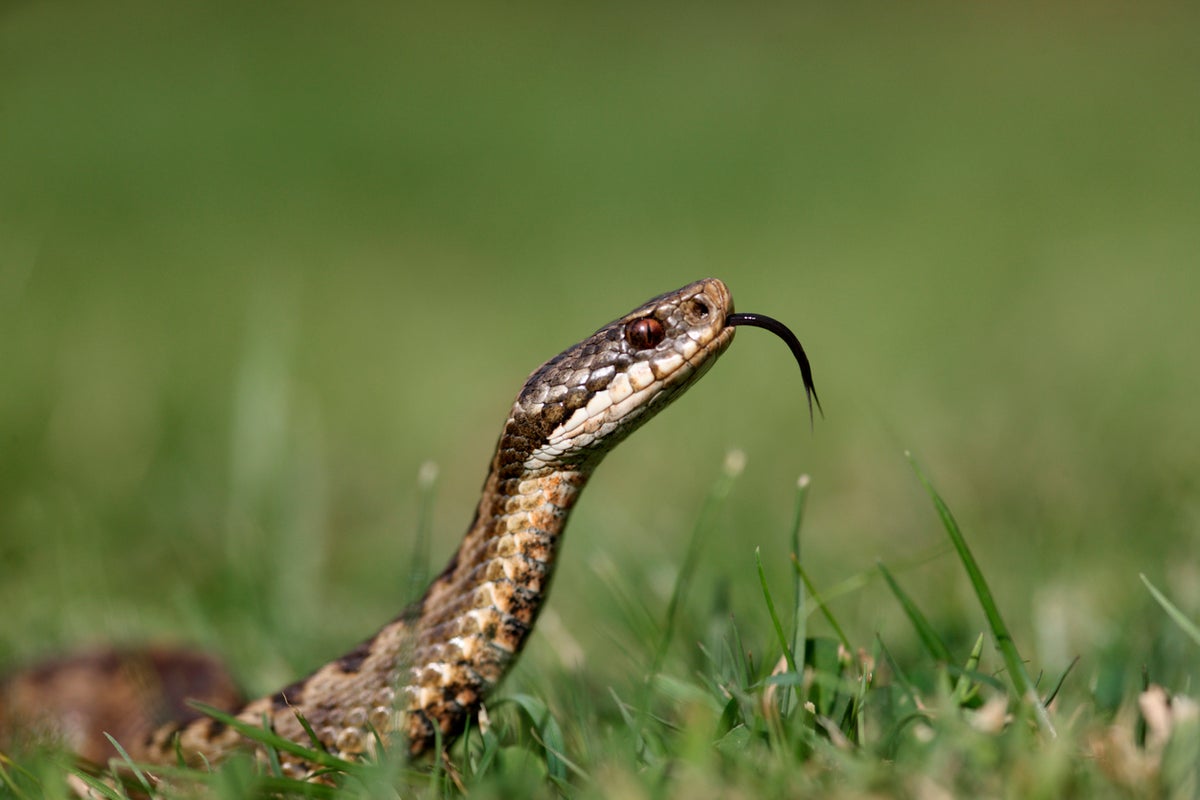
Locals and tourists are being warned to stay vigilant on beaches along parts of the South Wales coast after an increase in reports of snake sightings.
Britain is home to grass and the native adder snake, which are often found at the side of rural paths, in the countryside and in forests.
They are most common in parts of Scotland, southern England and west Wales and can be identified by their distinct markings.
Adders have a zig-zag pattern running along their backs, while grass snakes have a distinctive yellow collar and two small black triangles just below their heads.
Bridgend Council said it had received a spike in snake sightings on the beaches of Porthcawl, particularly in the Rest Bay area.
"The best advice for anyone who encounters a snake while out and about is simply to leave them alone, and try not to disturb them," councillor John Spanswick, Bridgend Council cabinet for communities, said.
"All British reptiles are protected under law, and the adder is a species that is considered to be particularly at risk."
While only the adder is toxic, it poses very little risk of harm. Its bite is rarely fatal and can be easily treated.
Anyone who gets bitten by one is advised to stay calm, walk as little as possible and go directly to A&E or call 999 for help.
The increase in sightings comes following new research published in the Clinical Toxicology journal revealing that more people in the UK than ever before are reporting injuries caused by snakebite, although most of those were caused by pet snakes.
Pet owners who suspect that their dog may have been bitten by an adder should keep the animal as still as possible to prevent the venom from spreading further and contact a vet.







